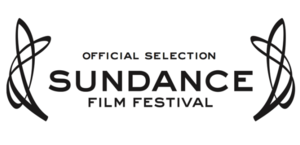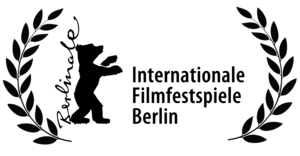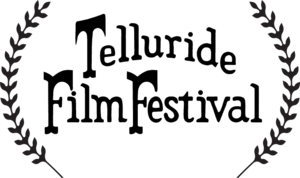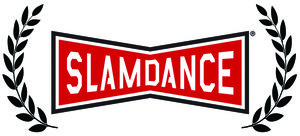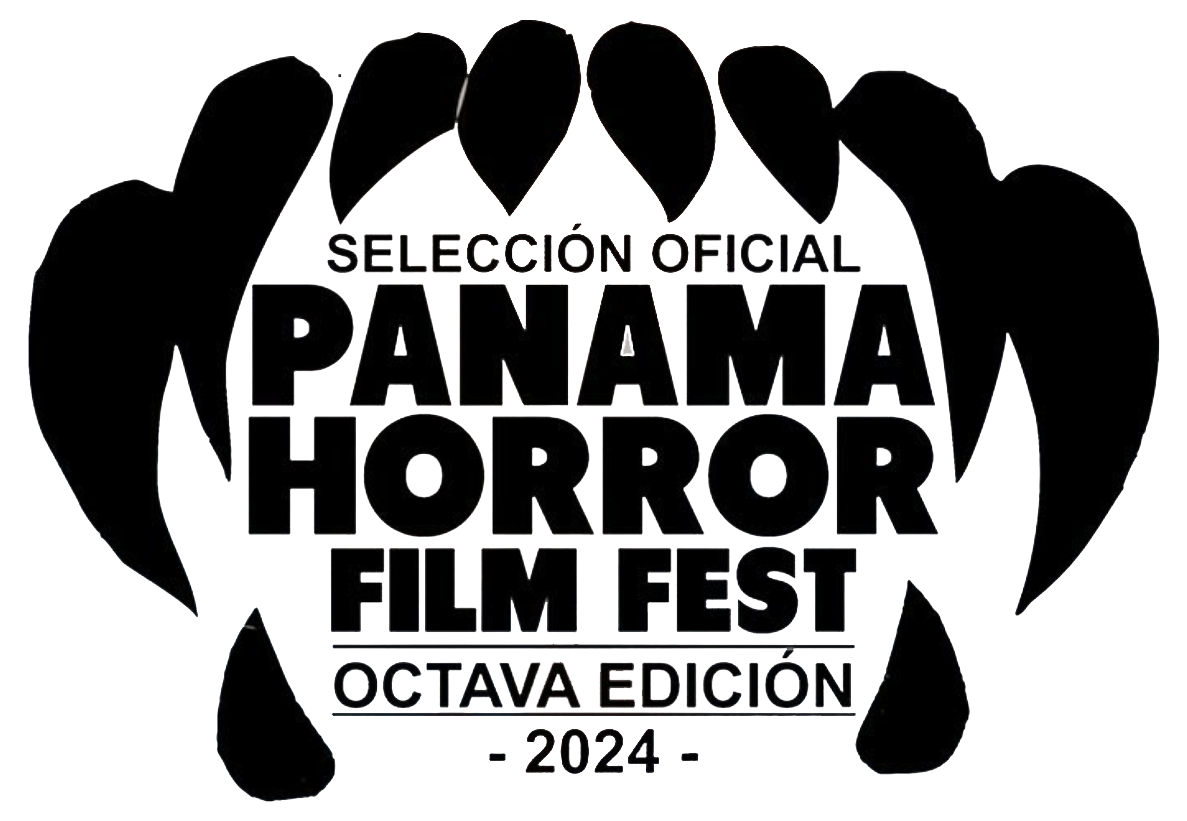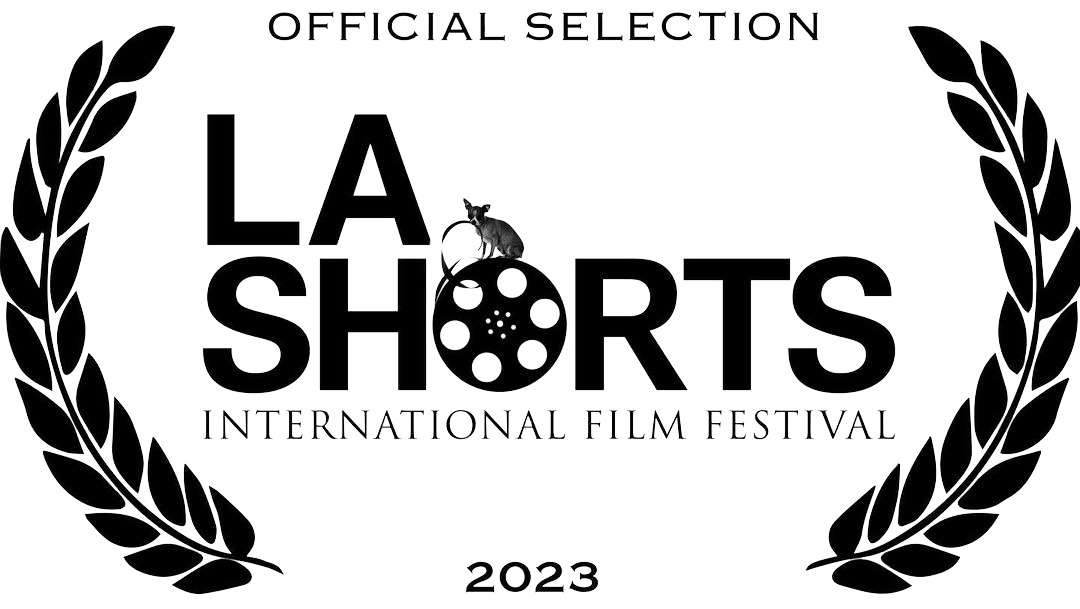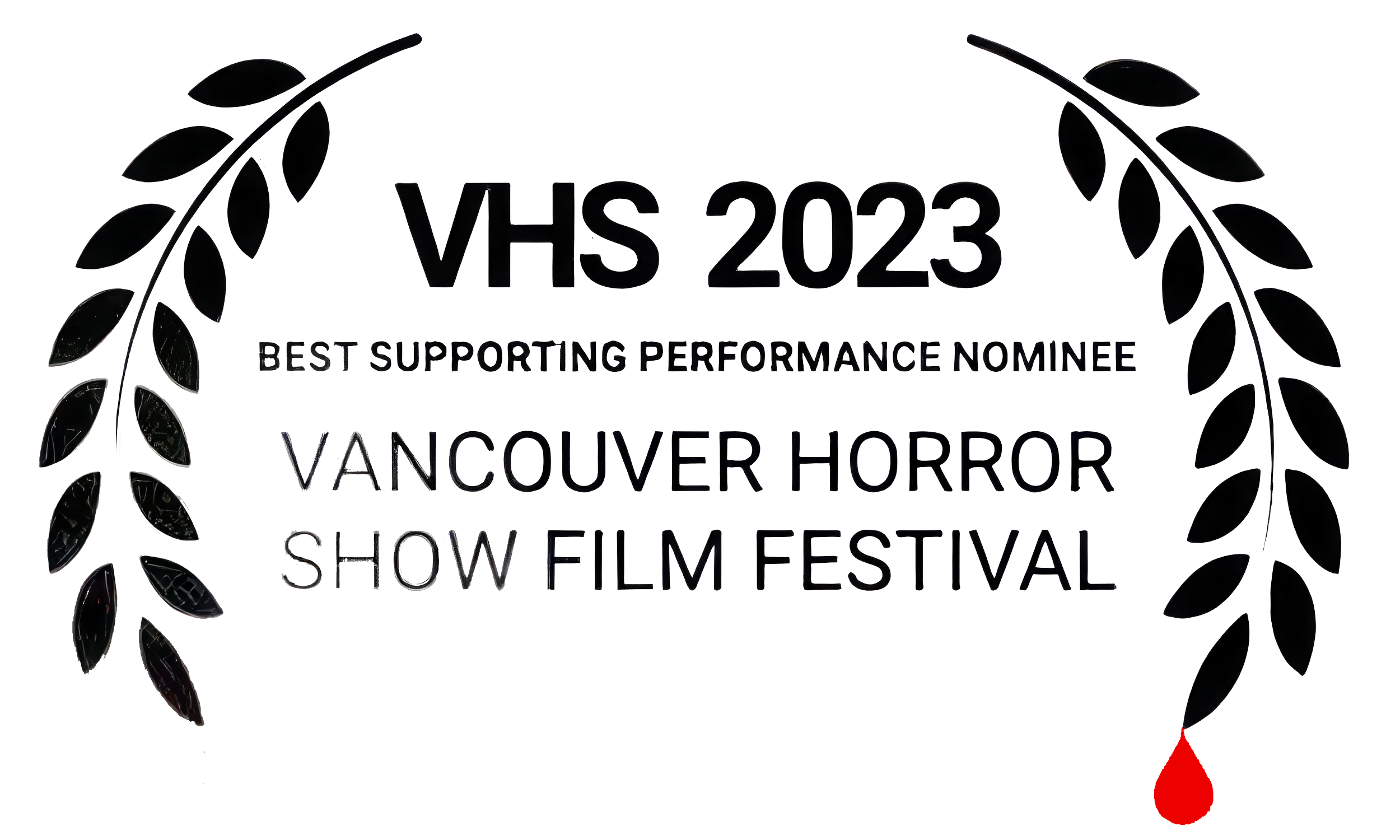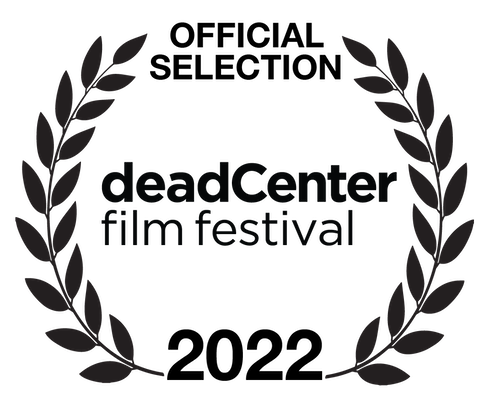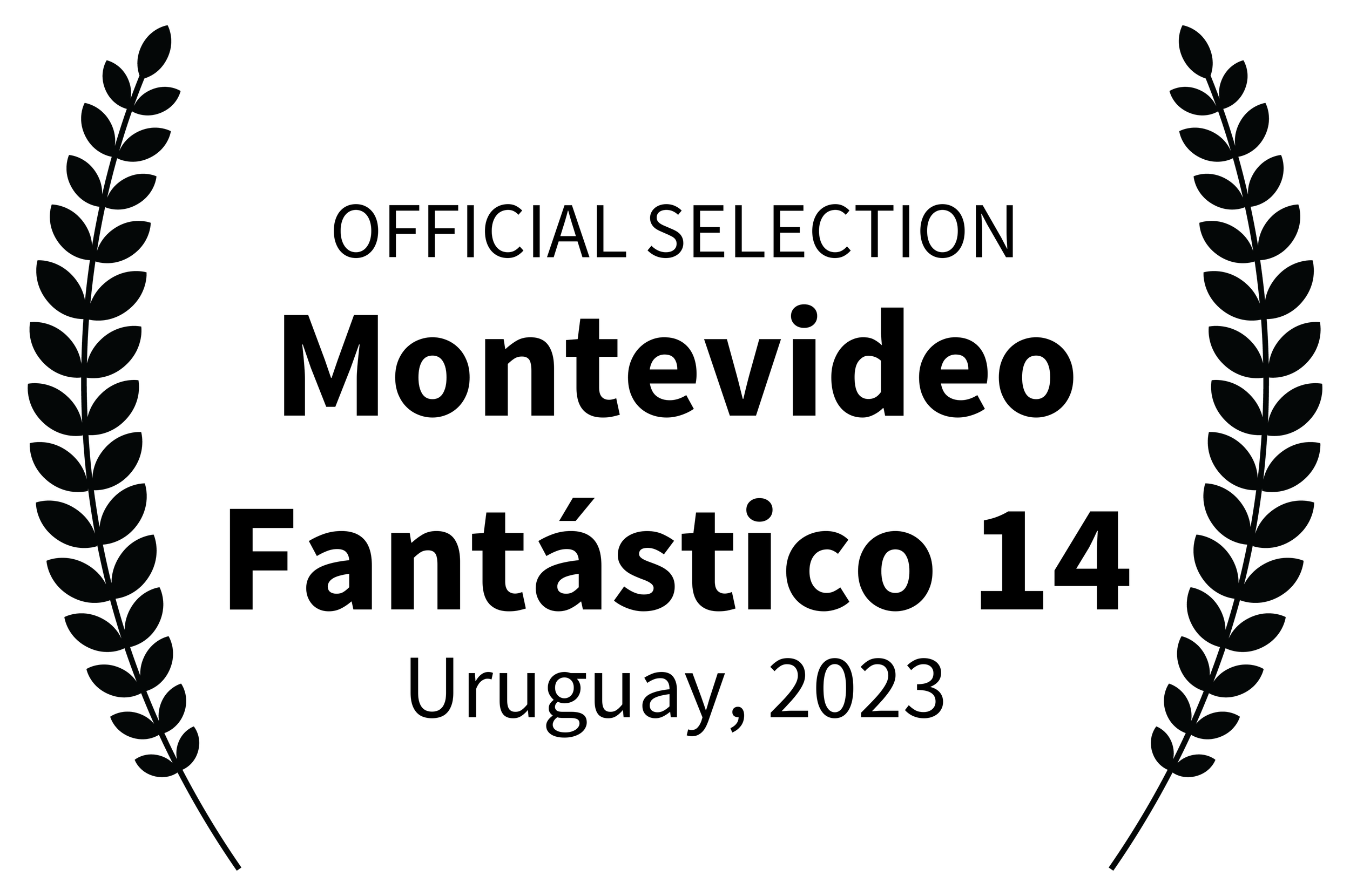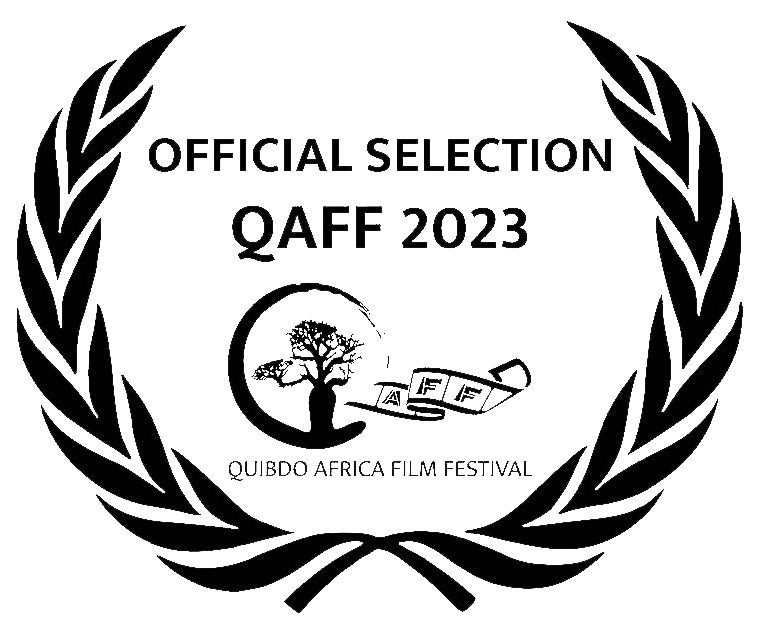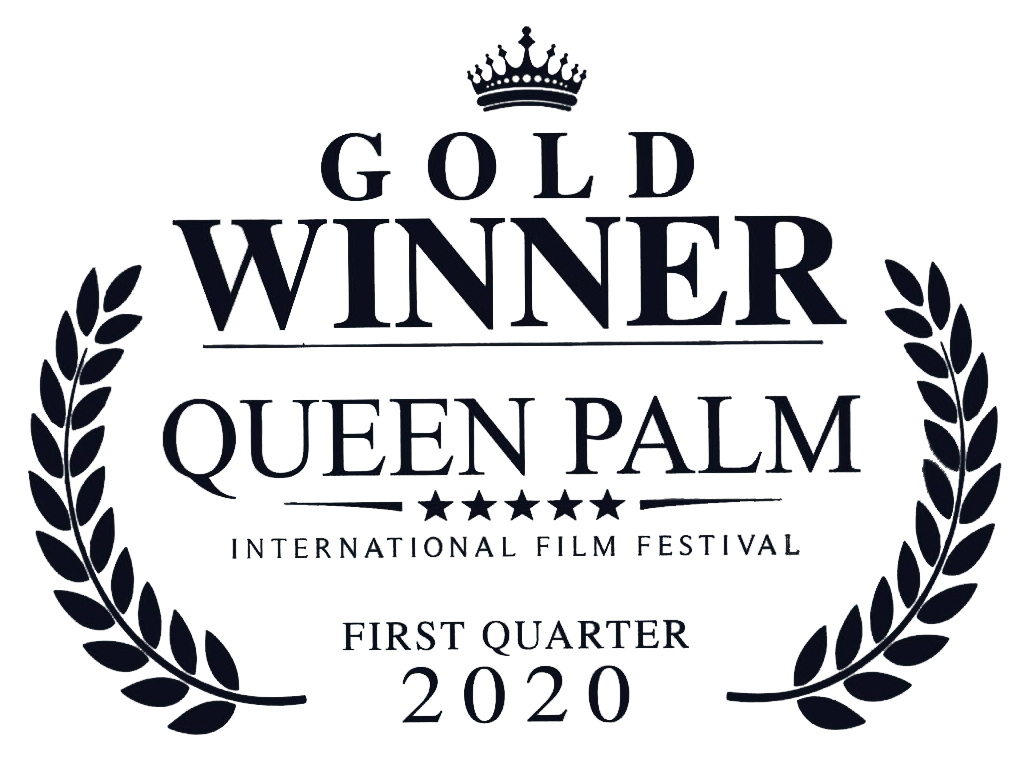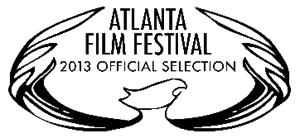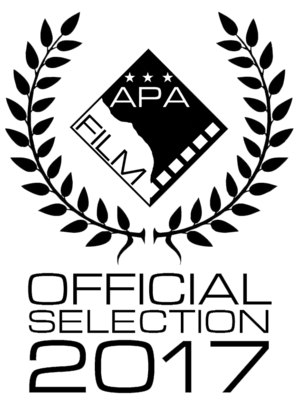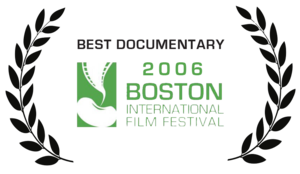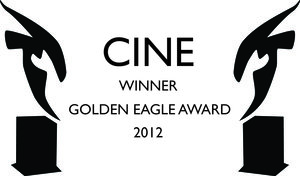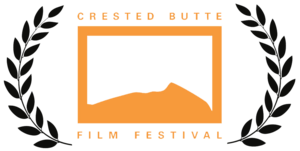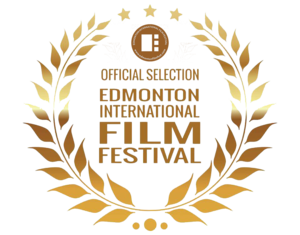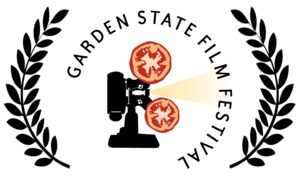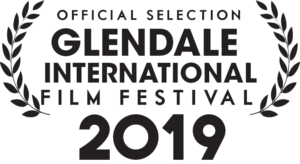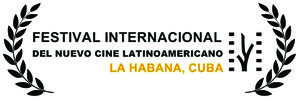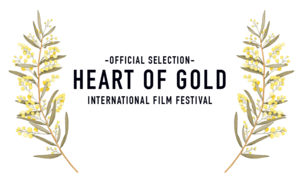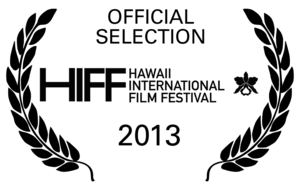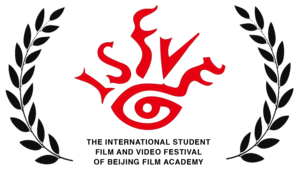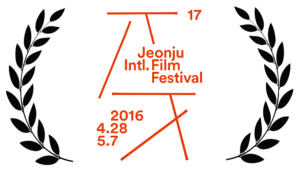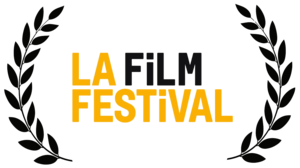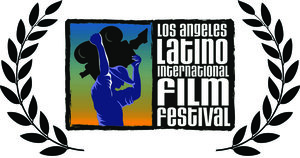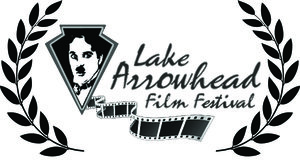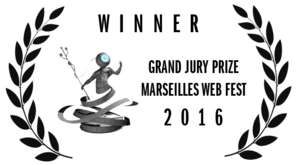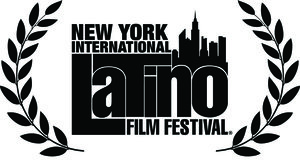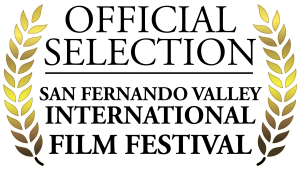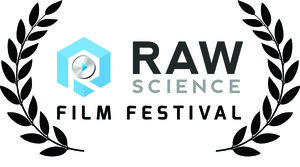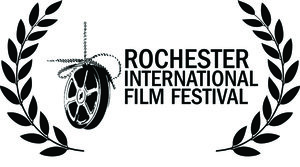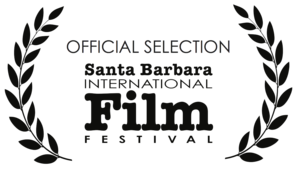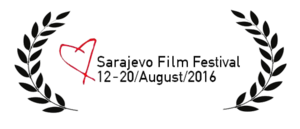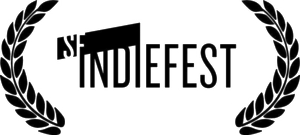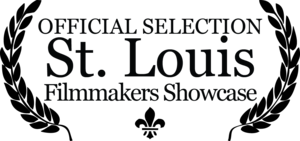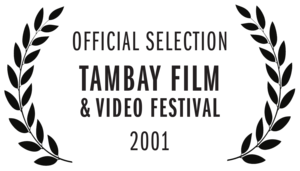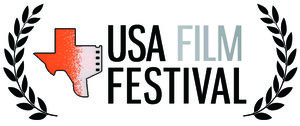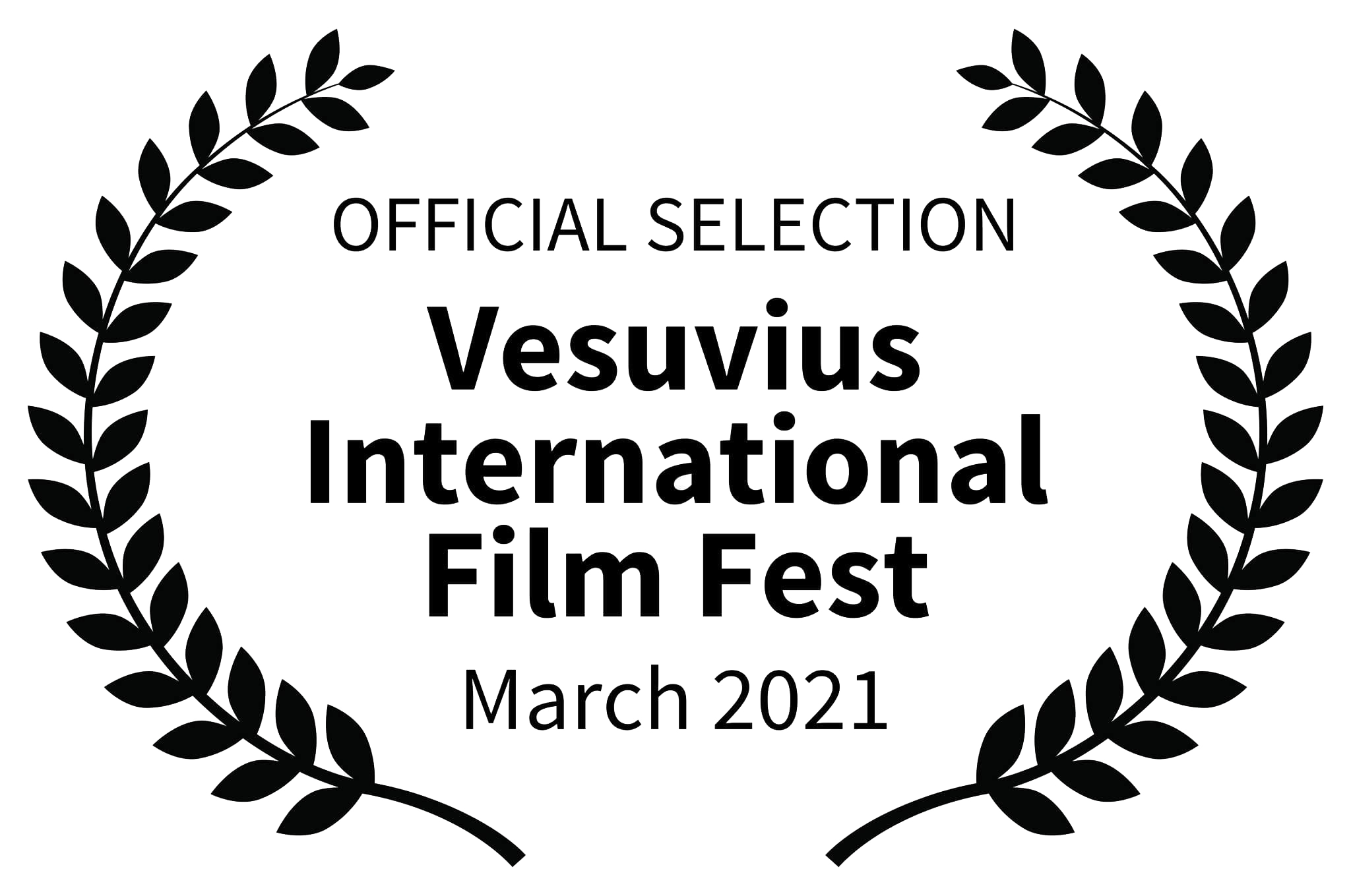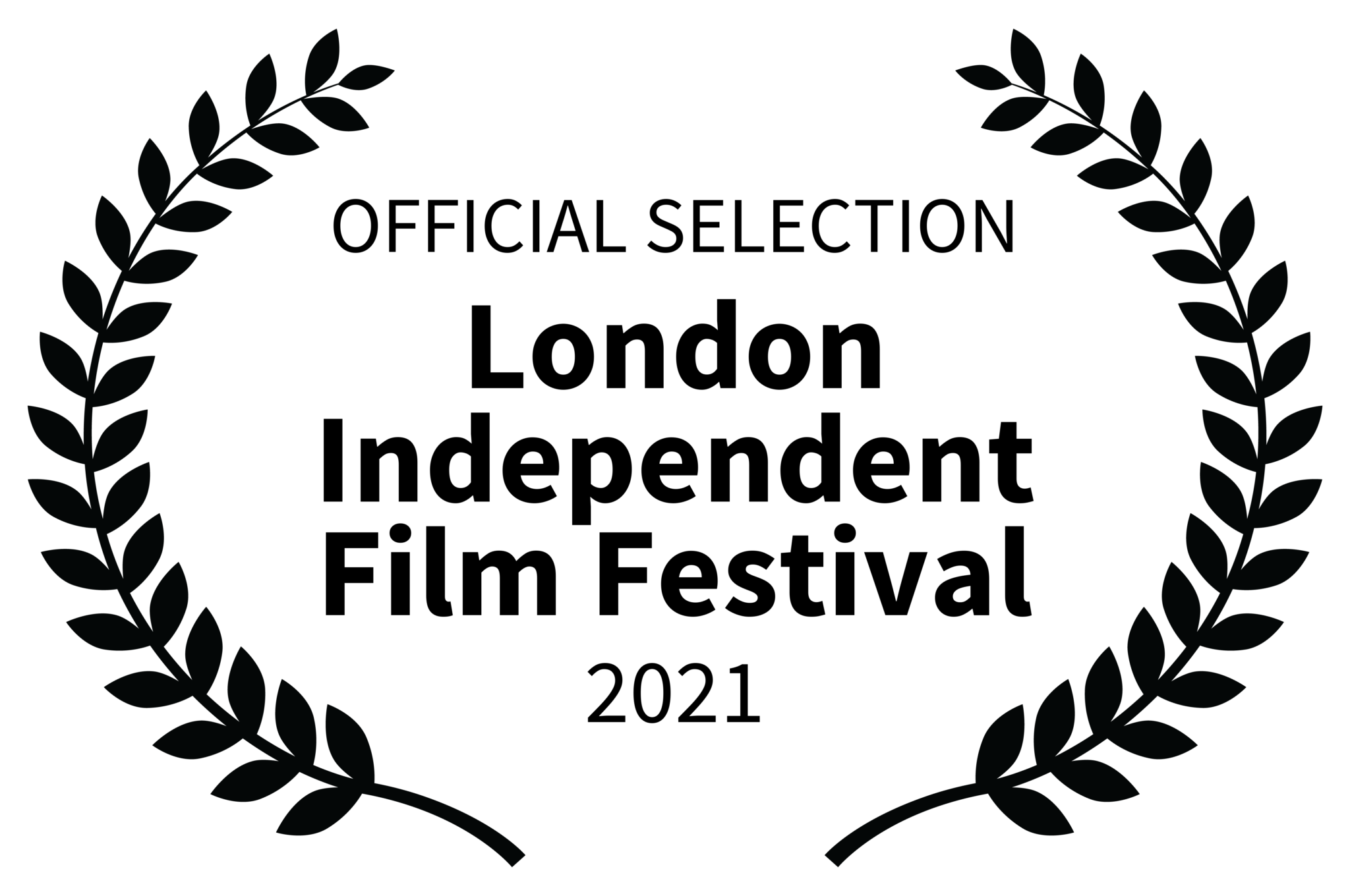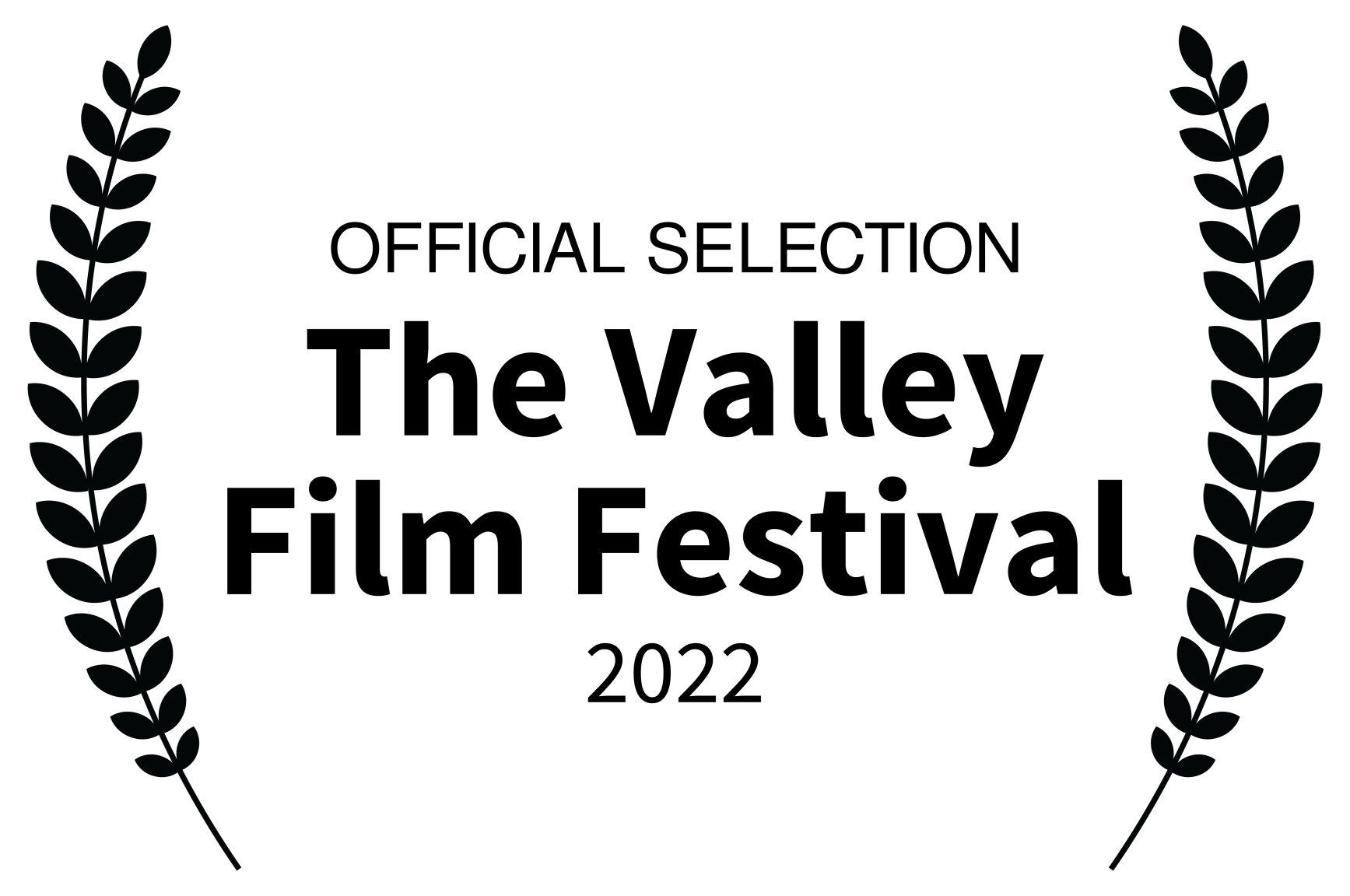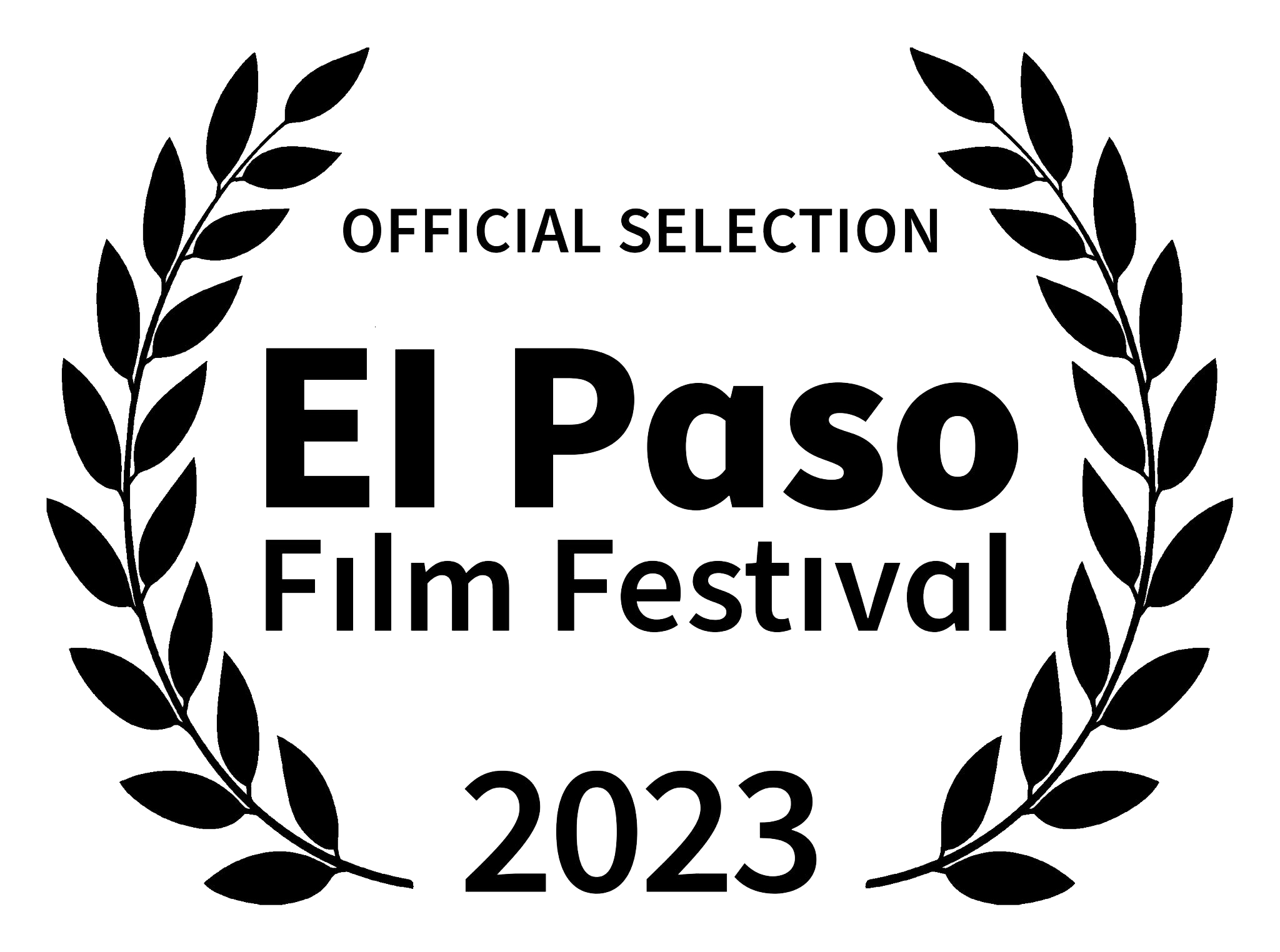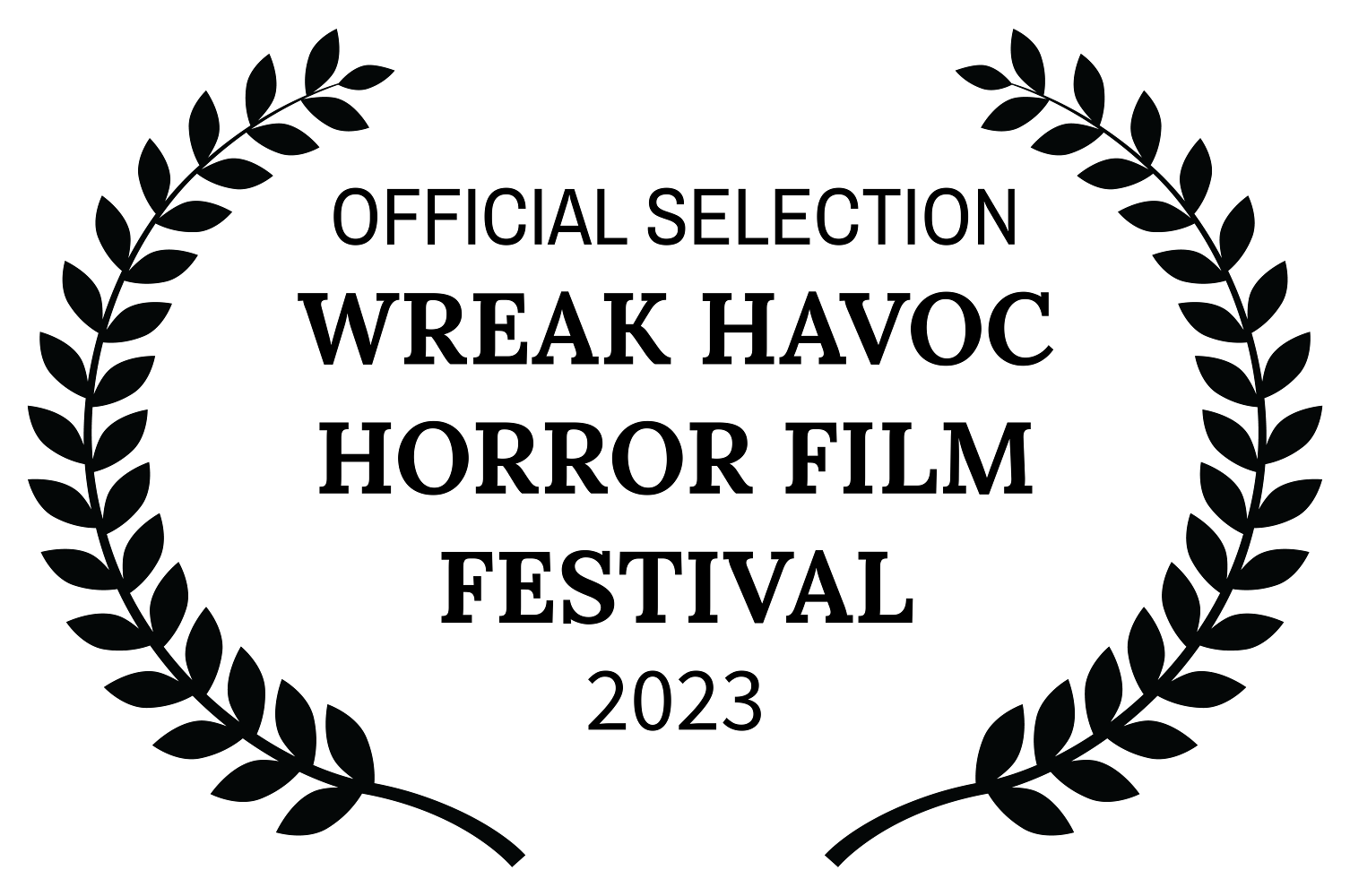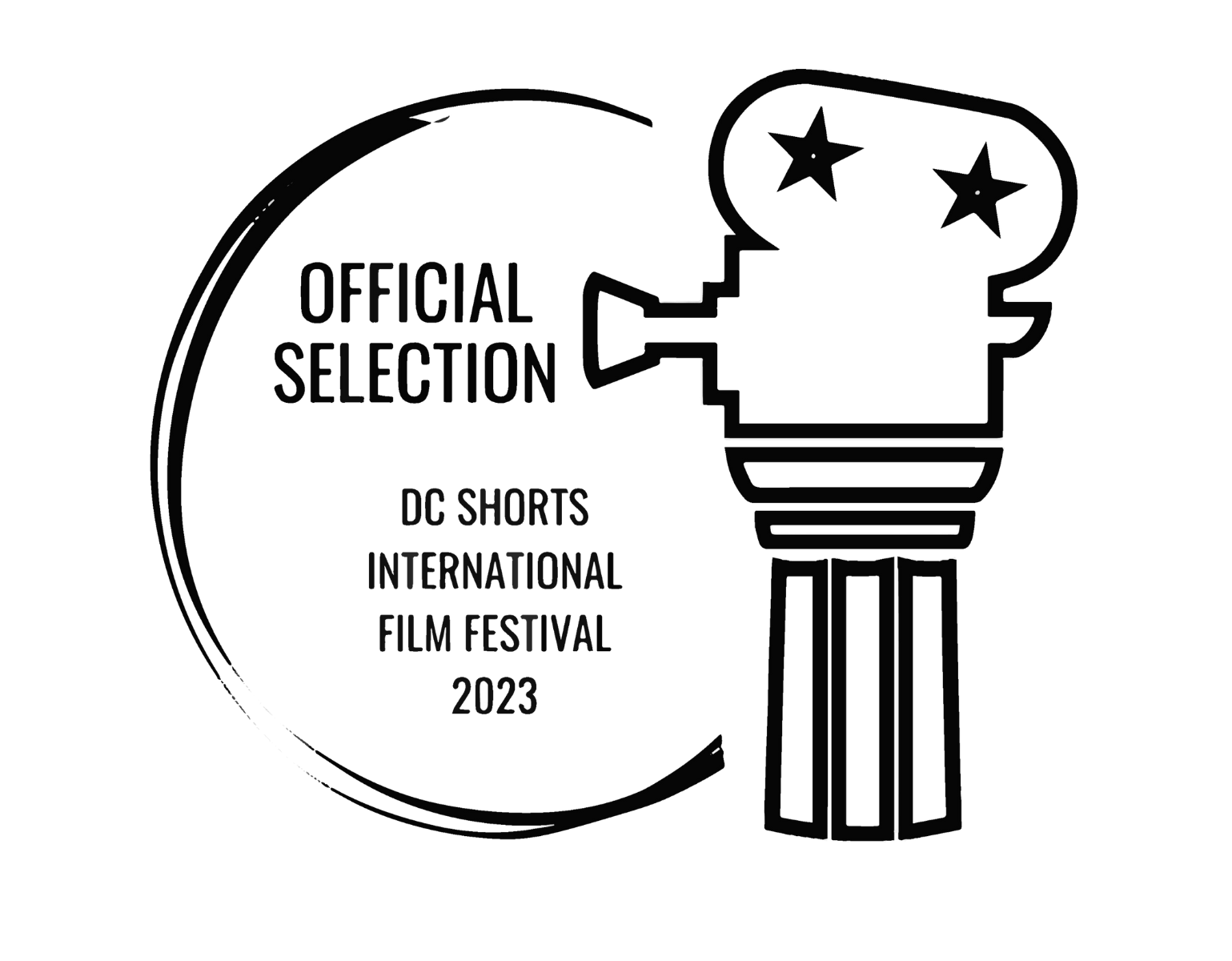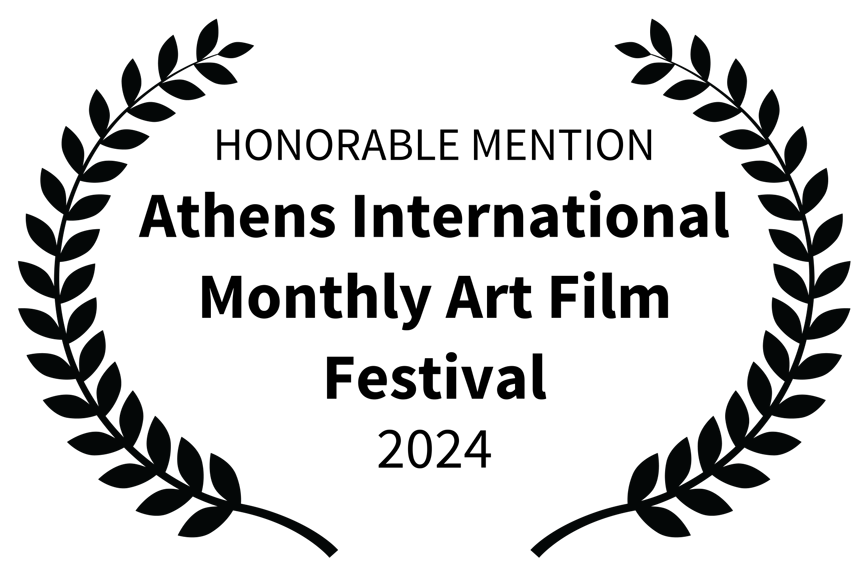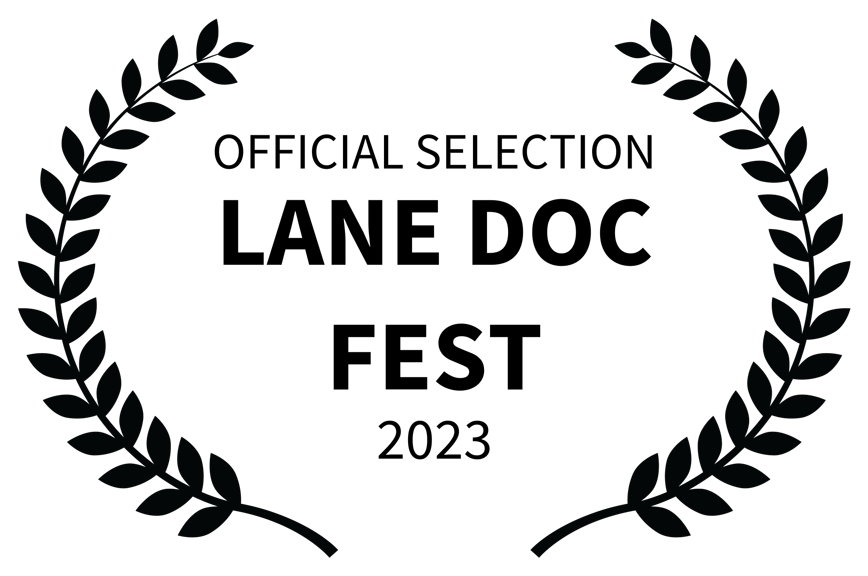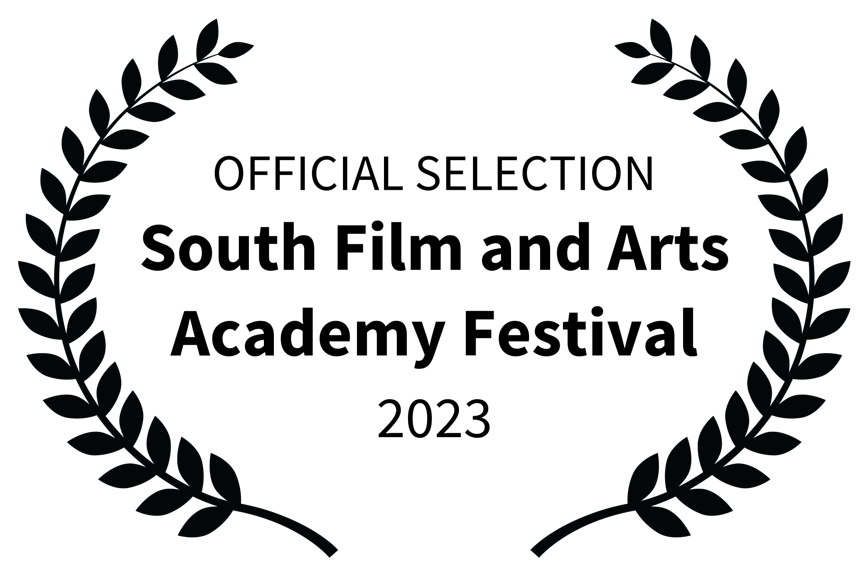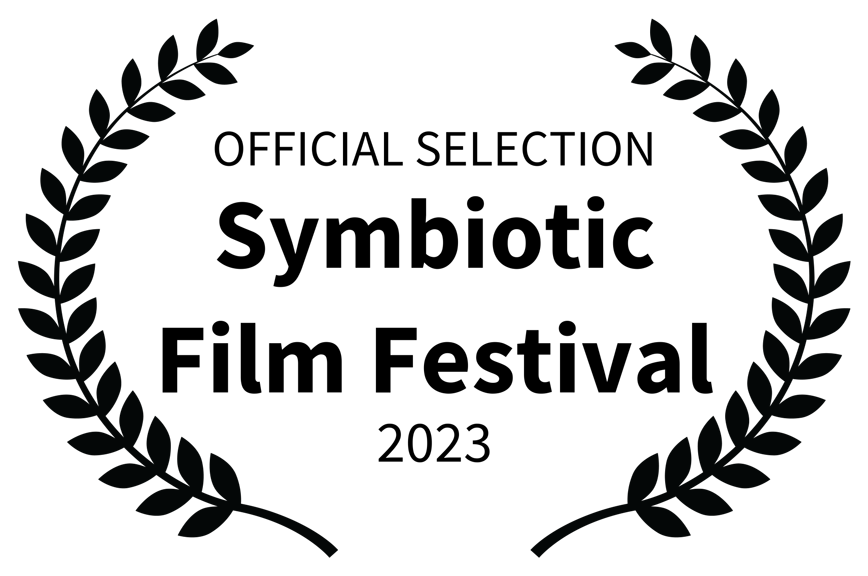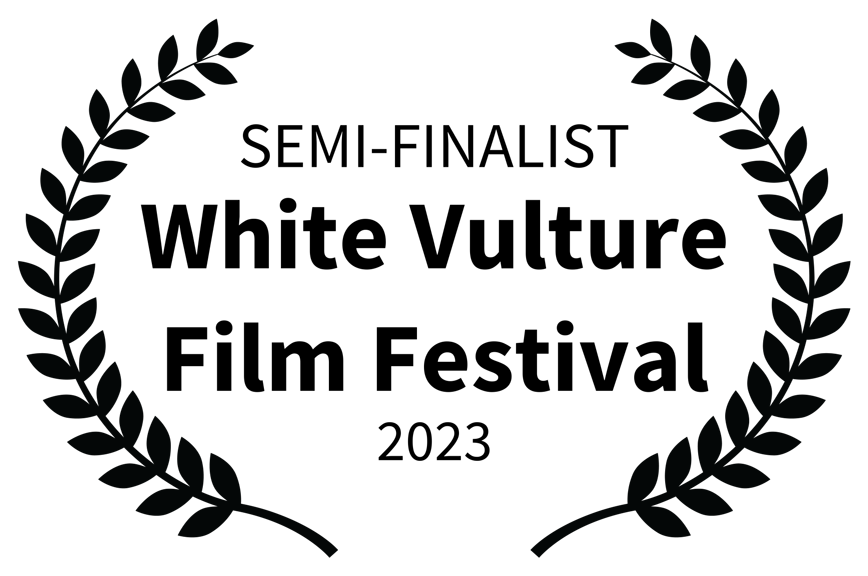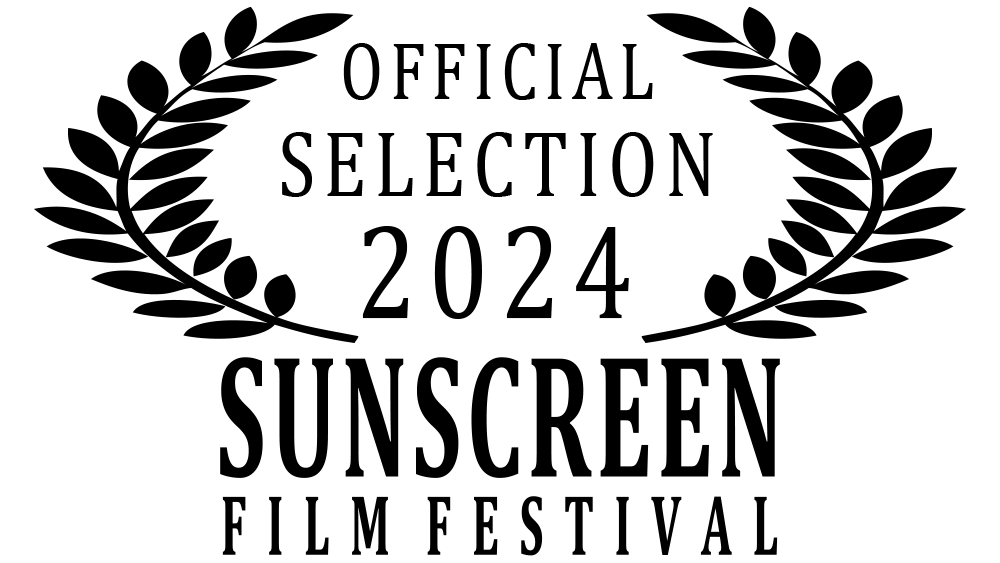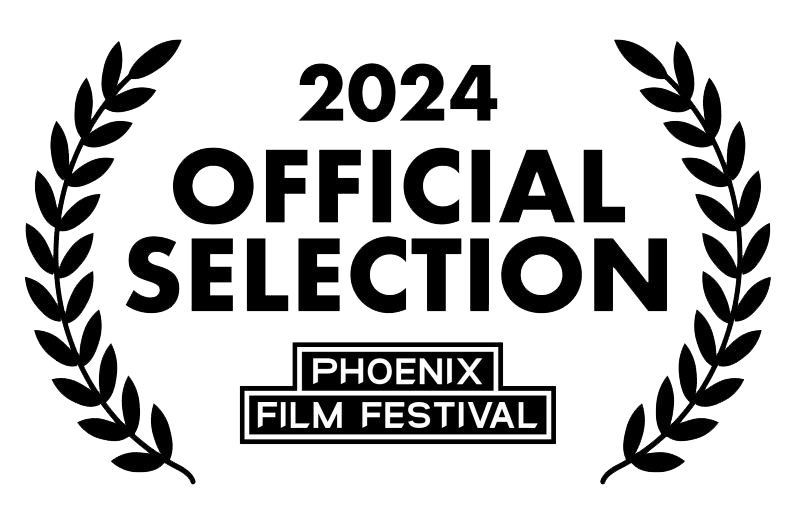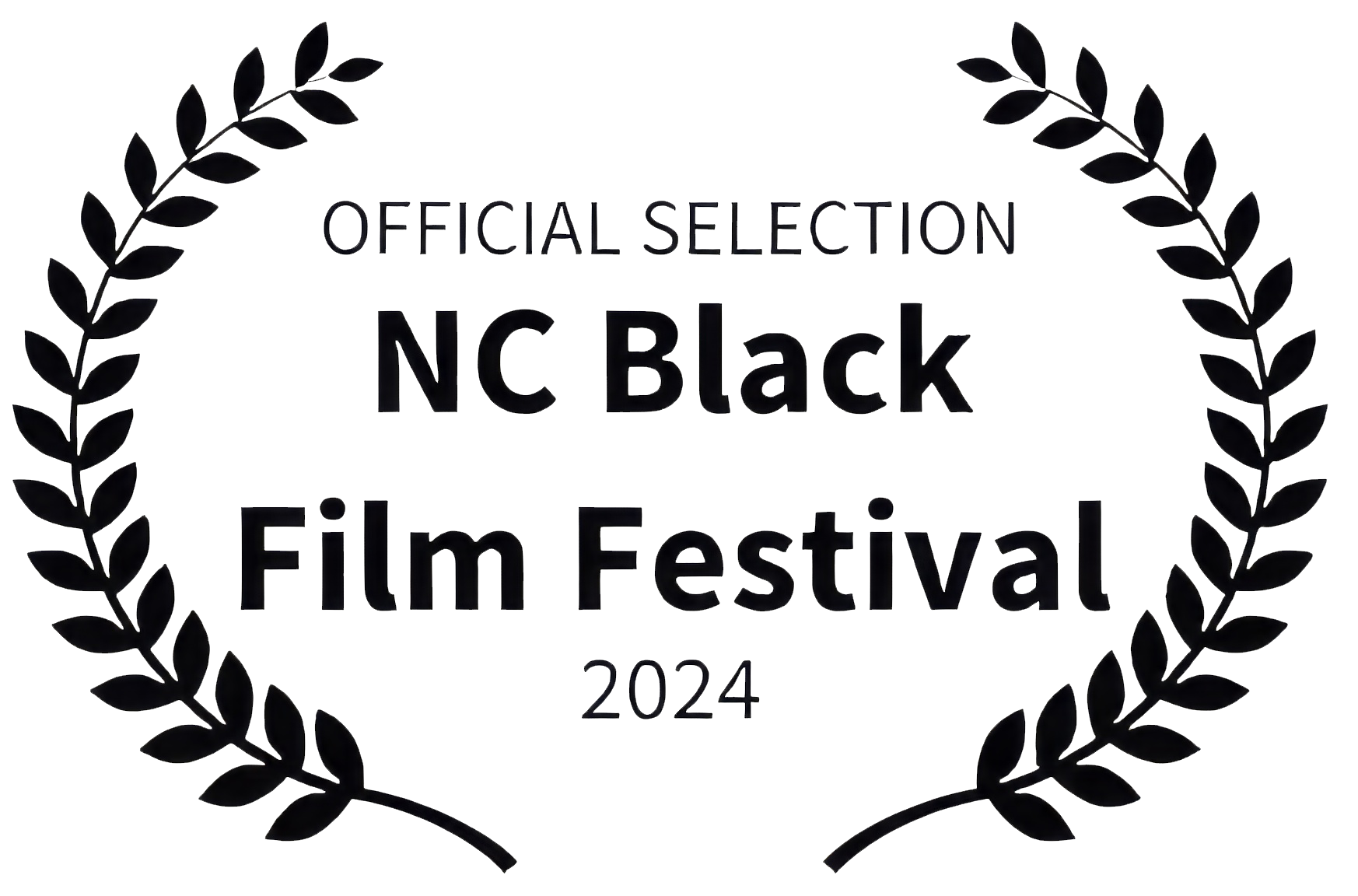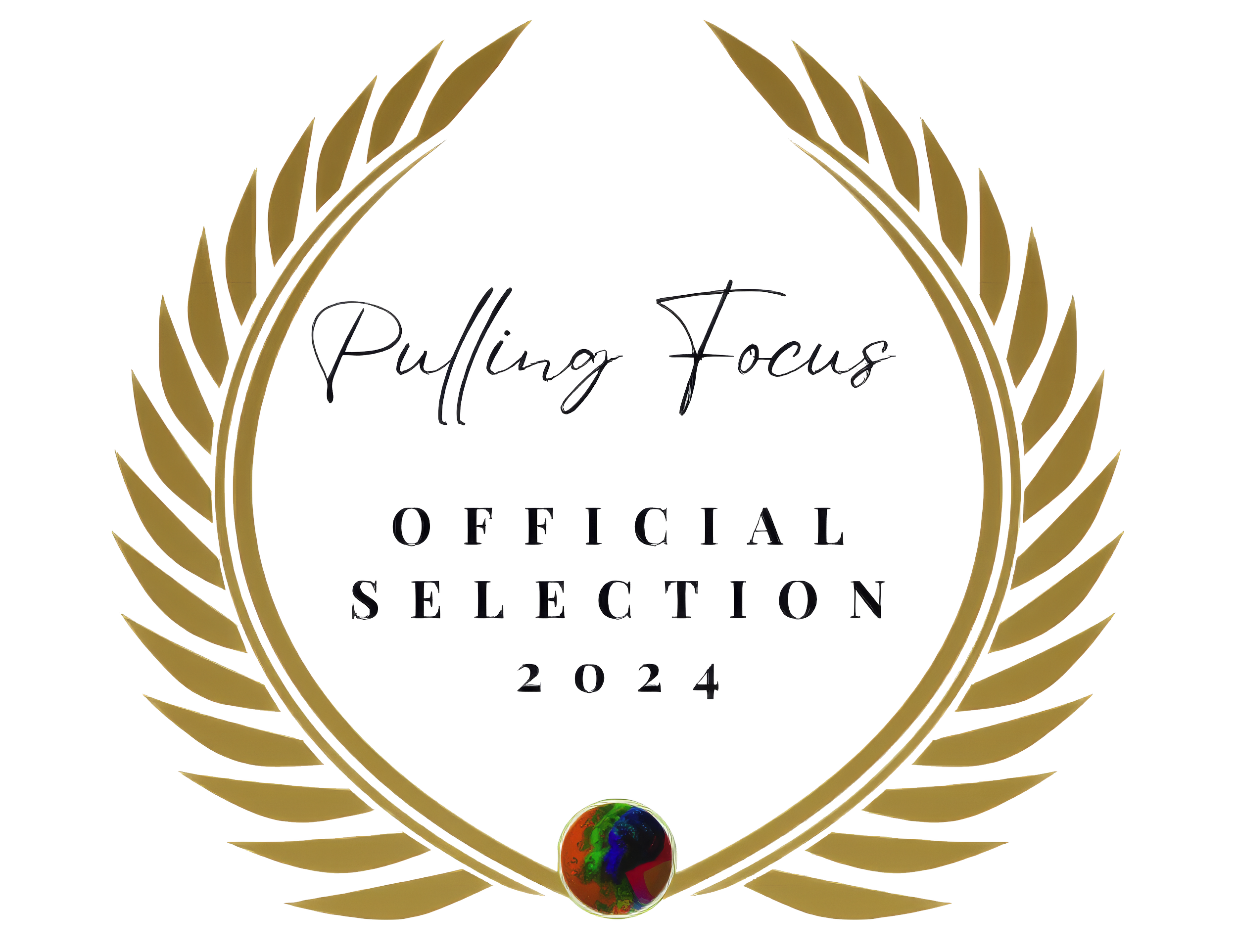Getting Past the Samples
/Composers, here's where I implore you: Forget, just for a moment, all the gear-goodies you’ve added to your arsenal lately. Eventually you’re going to find yourself facing the dreaded blank canvas. Once again, just like always. While a new array of sounds may inspire you to work just a little differently, or to try something just a little bit outside your comfort zone, keep in mind: The gear is just a tool.
Truly getting the most out of your gear involves more than just purchasing Shiny New Things. And, to borrow a phrase from Richard Bellis, the idea must come first.
After you unwrap and install and authorize (!) your new sounds, there’s a breaking-in period. Depending on the depth of the new sample library or virtual instrument, it’ll take anywhere from several hours to several months for those new sounds to sink into your brain. For them to occur to you naturally (see below for more on this).
But that’s the goal: for the new capabilities of your rig to become part of your creative process without too much conscious thought. Just another color of your palette, understood as deeply as you understand the capabilities of, say, an oboe. Or a violin, or a snare drum, or a compressor, or a reverb, or… you get the idea.
If you’re like me, your fledgling efforts with your (expensive, RAM-intensive) new toys will likely be contrived: musical excuses to deploy your new arsenal in the most obvious ways. Over time, though, these new goodies will worm their way into your consciousness and your thought process. It will become a natural inclination to reach for them, just the same as you reach for your preferred sonorities or your favorite harmonic moves. And you’ll begin to imagine new and novel ways to incorporate them—and that is when they start to be worth what you paid for them.
From this discussion, one might sidestep to the conceptual question: How much of our personal style is merely repetition? To what extent does one's palette equal one's voice? How much can we change our sound from project to project without losing our musical identity or integrity? These are valid issues… but perhaps not useful to ponder for too long. And certainly not to the detriment of actually doing the thing. Too much introspection can lead to paralysis.
What is useful, though—in fact, it's imperative—is taking time to “sound out” our studio resources. Explore the capabilities; groove those elements that work (to our own ears, anyway!) into our brains, so that when we need them we’ll remember they’re there. The appropriate neural pathways will already have been created.
Before I go on with the main thrust of my column, I have to include something Ron Jones noted nearly two decades ago. It’s something that has stuck with me, and something I always try to remember when I’m working with new gear: Just because the factory says it’s a [insert patch name here], doesn’t mean it’s so.
I’ve heard sounds that are horrendous approximations of what they claim to be replicating… but that doesn’t mean they’re not useful. Getting my mind into the state where I can use sounds (old and new) for what they are, sonically, means that I have to listen without judging. Forget what the manufacturer tells me I’m hearing!
Listen to your sounds. What do they suggest to you? Try them in every deployment you can think of. Do what Ron had us do as students: create a test sequence that you run every patch through. This thing might be 100 bars or more, including every articulation, tempo, dynamic level, etc. you can think to include. Use the whole keyboard, even in ranges where the sound “shouldn’t work.” You never know what you’ll find. Use your own ear and taste as your guide. Find those aforementioned discoveries that will set you apart. Be as systematic about the procedure as you can. It’s time well spent if you find even one rock-solid way of using your gear that is new and unique to you.
This whole process, which I call “tone patrol," is time- and energy-intensive. It taxes our creative faculties. It requires active imagination and constant attention. It’s work, and it’s tiring. I can only focus on it for an hour or two at a time before burning out. But it’s the best way, maybe the only way, for you to really maximize your gear. It’s the best way to get those new sounds into your head, too.
Here's something I say all the time to composition students: we can only write what occurs to us to write. Having new gear reminds me of this. When we expand our gear collection, it takes a while for the whole slew of new possibilities to occur to us organically and naturally. Our first efforts at integration are likely to be obvious, contrived, and immature. Work through that. Get those first clumsy efforts out of the way. Struggle with finding the best way for you to use your new gear to express and expand the same invaluable musical personality that continues to define you. I’ve said these things a million times, but they bear repeating: Struggle is underrated. Talent is commonplace. And originality is the true coin of the realm.
We all have access to the same tools. We always have. It’s how we use those tools that makes us special. Once again, just like always.



